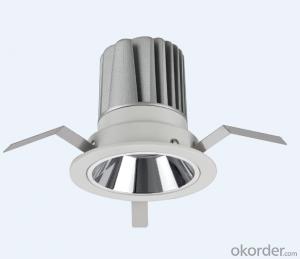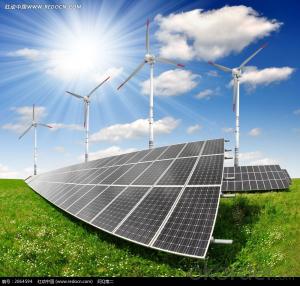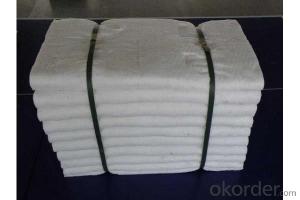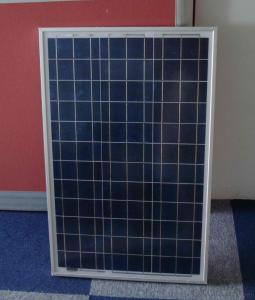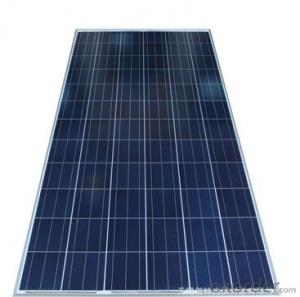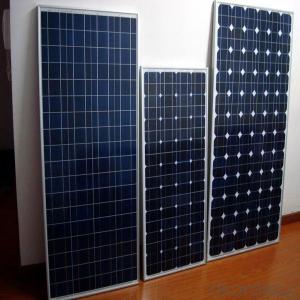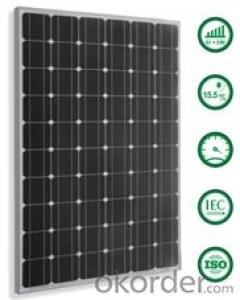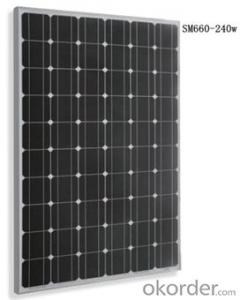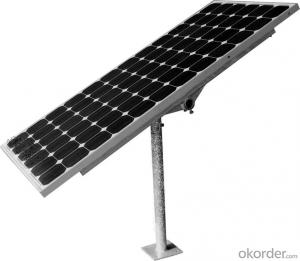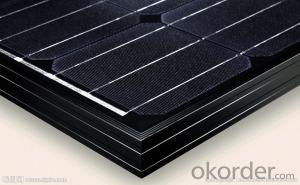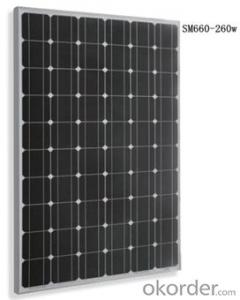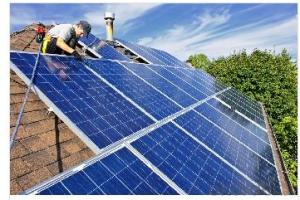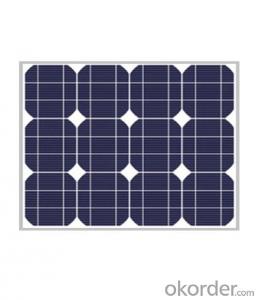First Solar Module Kaufen
First Solar Module Kaufen Related Searches
Bottom Solar Led Module Solar Light Module Solar Module Construction First Solar Series 6 Module Solar System Module Solar Power Management Module Solar Power Module Black Solar Module Bosch Solar Module C-Si M 60 Solar Battery Charger ModuleHot Searches
China Ac Module Solar Panel China Solar Ac Module China Solar Module Prices China Solar Module Solar Module China Ac Module Solar Panel Price Solar Inverter Panel Price Solar Panel Module Price Solar Module Wholesale Price Solar Module Price Per Watt First Solar Module Price Solar Module Price Increase Solar Module Price Solar Panel Inverter Size Solar Panel Module Size Solar Panel Inverter Suppliers Solar Panel Module Types Solar Inverter Solar Panel Tesla Solar Panel Inverter Solar Hot Water Collectors For SaleFirst Solar Module Kaufen Supplier & Manufacturer from China
Okorder.com is a professional First Solar Module Kaufen supplier & manufacturer, offers integrated one-stop services including real-time quoting and online cargo tracking. We are funded by CNBM Group, a Fortune 500 enterprise and the largest First Solar Module Kaufen firm in China.Hot Products
FAQ
- I have a solar panel that puts out 00v, .5 amps in full sun. Before I thought it would charge a 2v battery without a solar charger but then I talked to someone and they said that it was wasting a lot of power and could potentially hurt the battery. A second part to this question is what happens if I put it on a 72v battery without a controller. Thanks!
- yes not good.. why would put 00volts to a 2 volt battery? the best you can hope for is to destoy the battery 3.6v max do not excide max amp on battery
- Yes, solar panels can be used to power a wastewater treatment plant. Solar energy is a sustainable and renewable source of power that can be harnessed to generate electricity for various applications, including wastewater treatment. By installing solar panels, the plant can reduce its reliance on conventional electricity sources and lower its carbon footprint. However, the feasibility of using solar panels for powering a wastewater treatment plant may depend on factors such as the plant's energy requirements, available space for solar panel installation, and local climate conditions.
- I made three 36 solar cell (3x6 .5V 3.5A) panel and had it hooked a up to an old car inverter. I was on line looking for a cheap grid tied inverter. I came across the Enphase micro inverter and was wondering if i could use one of those. Will it work?
- I okorder /.. 2) A Gel Cel or automotive battery to hold the solar power. Once you have those parts connected, you can run an extension cord to your security lights to power them at night with the solar power you have collected during the day. Later, you can expand your solar array and power numerous appliances like a refrigerator in your garage or even a freezer. I have been using solar power for several months now and deeply enjoy the ability to create renewable energy. I wish you luck with your efforts as well!
- I jotted down some notes for my Technology and Architecture class and I'm trying to figure out what i meant when i said 'Treated with gases at extremely high temperatures.' I have NO idea what I was talking about :) Im trying to figure out if what I am talking about is about Silicon, Polychristaline, or a Solar Cell/Panel.
- Let me help you get an idea of what you are talking about as your notes seems a bit jumbled. Mostly when they refer to a silicon solar cell they mean that the silicon is one crystal of silicon. (very much like a diamond, but with atoms of silicon instead of carbon). A single perfect crystal of silicon can be grown that is very large at temperatures near the melting point of silicon or around 400C and then is sawed up to create electronics or solor cells. Polycrystalline :) solar cells are also made of silicon, but instead of a single crystal it is made of a jumble of small crystals that have different sizes and directions. So these types of solar cells can be made using a silicon gas (siline: SiH4) at much lower temperatures 600-700C. So these are less expensive to make, but because they are not perfect crystals a poly solar panel that is the same size as a crystalline solar panel will make less energy. I hope that helps.
- If my school uses 88240kWh of electricity per month and I have 000 50W solar panels running for 6 hours a day, does it mean it will take 88240kWh / {{[(50W x 3600s)*000]/000}kWh x 6} number of hours to generate that much electricity (88240kWh)?
- running six hours a day doesn't mean much. You need to look at the solar insulation charts for your school's geographical location to come up with a better factor. The easiest number for you to use is sun hours. For example, Washington DC averages 4.23 hours. Do a Yahoo search for sun hours and you should find lots of charts. Solar panels rated at 50W give this output at full sun near noon at full brightness (no clouds). The sun hour factor makes it easy to find the equivalent number of full brightness hours. So, using Washington DC as an example you have: 000 panels * 50W * 4.23 sunhours/day = 634kWh a day on average. You state your school uses 88240kWh/month which is 6274kWh a day. This would mean you need ten times more solar panels since there is no way to get more daylight. Be careful to put in all the units in your formula and cancel them out to make sure you don't end up with a nonsense result. The title of the question would be answered as followed: 50W/000 * 4.23 sunhours/day = 0.63kWh/day or 9kWh per month or 228kWh a year. These are annual averages. If you wanted a specific month, you would need the sun hours for that month. Hope this helps.
- how much do you think it would cost for installation?i heard that solar panels can store electricity and any excess electricity gets sold back to the electric company. how much money can a home owner make from doing this?do you think solar panels are worth it?
- Almost sure that you will discover everything related solar power at www.okorder .
- Yes, solar panels can definitely be installed on hospitals or healthcare facilities. In fact, many hospitals and healthcare facilities around the world have already embraced solar energy as a sustainable and cost-effective solution. Solar panels provide a reliable source of clean energy, helping these facilities reduce their carbon footprint and dependence on traditional energy sources. Additionally, solar power can contribute to long-term cost savings, allowing hospitals to allocate more resources towards patient care and medical services.
- Would like to know if the DIY Solar panel systems can be as efficient as a commercial grade panel.
- What kind of panel are you talking about? Solar thermal, as in for hot water/room heating? Or photovoltaic? In the end its a matter of how good your DIY skills are and from what level of DIY you are talking about. eg, if you are buying the panels and installing them yourself, then there should be no difference. If you are fabricating the panels then you better be good at what you do. Creating photovoltaic cells is not a simple task. Soldering purchased cells together to create panels is tricky as they are easily damaged. Efficiency should not be a problem, but finish might be as well as robustness. It would be safer to buy complete panels and just mount them yourself and set up the batteries ans switch gear. But use good gear and follow instructions very carefully. With thermal panels you might not get the same levels of efficiency by using cheaper materials, std glass instead of non reflective for instance, but if space is not an issue, then you can get more heat out by going bigger and still save overall.



